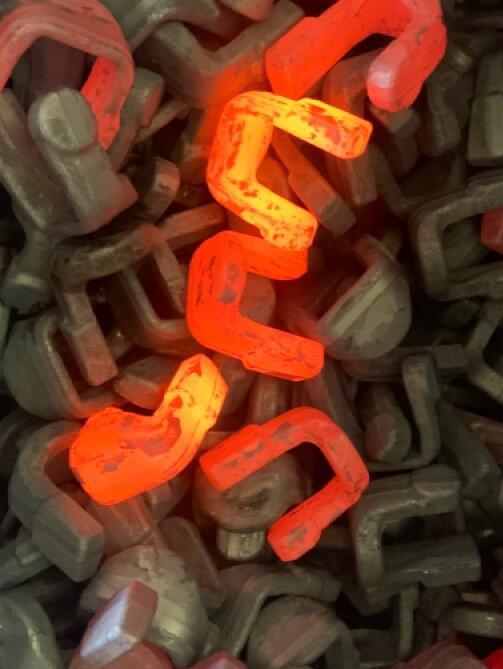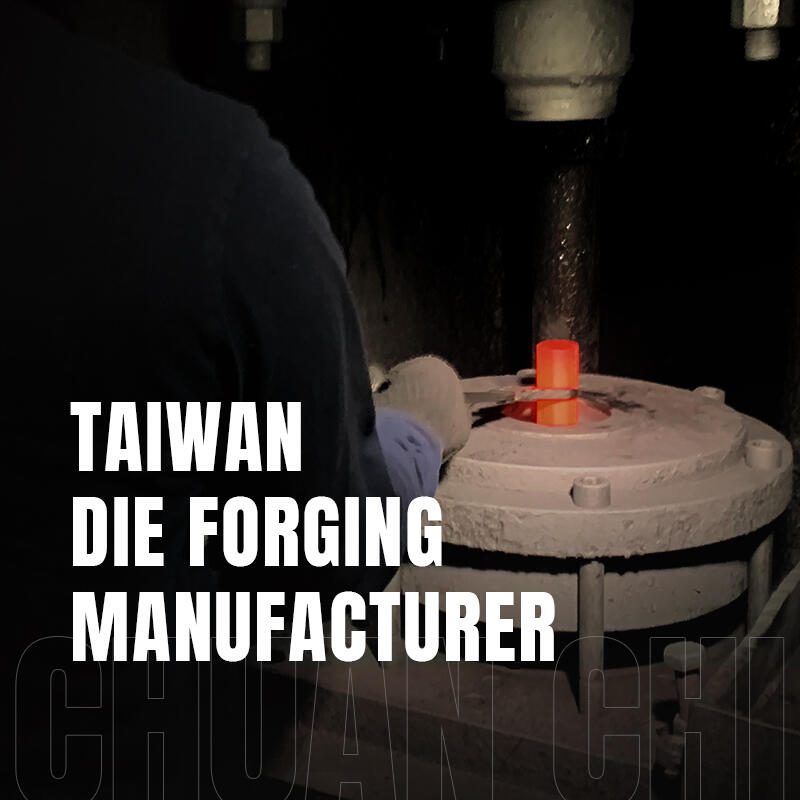What is Hot Forging?
Hot forging involves heating metal to a malleable state without melting it. The heated material is then placed into a precision die and shaped under high pressure. This process ensures the metal conforms to the desired shape while maintaining excellent mechanical properties. Common materials used include steel, aluminum, titanium, and various alloys.
Materials We Forge
Steel: Excellent strength, malleability, and cost-effective. Widely used in automotive, construction, and manufacturing.
Stainless Steel: Known for corrosion resistance, strength, and aesthetic appeal. Used in food processing, medical equipment, and household appliances.
Alloy Steels: Combined with other elements like chromium, nickel, and molybdenum to enhance toughness, strength, and resistance to wear and tear.
Carbon Steels: Categorized by carbon content. From ductile, wieldable low-carbon steels to extremely hard, wear-resistant high-carbon steels.




Our advanced capabilities ensure high-quality and precise forging solutions tailored to meet specific needs

Types of Forging
- Mechanical Press:
- Uses cranks and toggles to create a preset stroke.
- Faster compared to a hydraulic press.
- Hydraulic Press:
- Uses a piston and fluid pressure to generate force.
- Provides greater flexibility and capacity.
- Screw Press:
- Offers unique advantages for specific forging applications.
Advantages of Hot Forging
Hot Forging:
- Negates Strain-Hardening: Metal deforms, and strain-hardening effects are countered by recrystallization.
- Increased Ductility: Enhanced ductility in hot-forged parts suits various configurations.
- Porosity-Free Surface: Allows for finishing processes like polishing or surface treatments.
- Efficient with Hard Metals: Ideal for metals like steel, ensuring effective processing without heat treatment.
Stainless Steel Forging:
- Corrosion Resistance: Chromium in stainless steel forms a protective oxide layer, reducing stress cracking, deformation, and pitting.
- Improved Strength: Forging creates continuous grain flow, enhancing mechanical properties, strength, fatigue resistance, and impact resistance.
- Heat Resistance: Withstands extreme temperatures in high-friction and high-heat applications without losing structural integrity. Specialty grades like 17-4PH excel in such conditions.
Carbon Steel Forgings:
- Structural Integrity: Solid grain structure endures heavy stress, impacts, and loads.
- Versatility: Can be shaped into various forms like elbows, plugs, unions, tees, bushings, and couplings.
- Durability: Offers greater reliability and strength compared to steel plates and castings.
- Affordability: A cost-effective option for many structural applications.
- Resistance: Provides toughness and strength for low and high-temperature conditions, with good general wear resistance.
- Lightweight: Mild steel is lightweight and malleable for complex shapes.

Common Forging Methods
Drop forging is the process of dropping a large hammer onto the heated metal to form it into the shape of a die. Some dies are molds with distinct shapes while others are flat surfaces. The two most used methods of drop forging are open-die forging and closed die forging.
With press forging, a press is used to apply force instead of a hammer. The press travels at a slower speed compared to the hammer, allowing it to reach deeper into the material. The metal work piece is affected uniformly.
Compared to drop forging, press forging provides many useful benefits. It offers greater accuracy and capacity, making it suitable for large parts. Some presses are automated, which reduces labor and overall costs. It is also a more economical solution for high-volume production runs.
Roll forging is another forging process, mostly used to produce steel bars and long parts. The forging process involves two cylindrical rolls that deform a bar stock. The heated material passes through the cylindrical rolls until the desired shape and size are achieved. This generates less material waste compared to some drop forging methods and allows for favorable grain structure.


